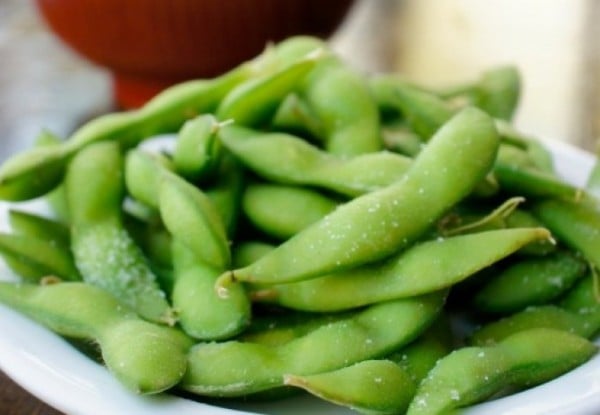Look for the right combination with these great food choices. Aim for twenty to thirty grams each time you eat.
But before anything, what is the amount of protein your body requires?
Recent studies show that a lot of people require more protein than we know. The present RDA is 0.8 grams of protein for every kilogram of our physiques. A number of researchers however have discovered that it may actually be 1 to 1.2 grams. This slight increase can make a world of difference for those in advanced ages who find themselves losing muscle as they grow older.
Here is a formula you can use to check your minimum protein requirement per day to delay your body from losing muscle, to increase your metabolic rate and to aid in weight loss.
The first step is to find you appropriate weight. For females, a hundred pounds for those five feet tall. Keep adding five pounds for extra inches. For males, 106 pounds for those five feet tall, then take the number of inches, multiply that number by six and add. But if your appropriate weight is less than a hundred twenty pounds, you shouldn’t consume less than eighty-two grams of protein.
The second step is to convert your appropriate weight in pounds to your appropriate weight in kilograms. To do that, you have to get your appropriate weight in pounds and divide it by 2.2.
The third step is to compute for the required daily protein intake. To do this, get your computed appropriate weight in kilograms and multiply in by 1.5.
Knowing your required daily protein needs, look for the correct combinations with the protein-rich food in the following slides.
An entire avocado contains around four grams of protein. In the protein of avocado, you can find two kinds of acids: amino and omega-3. There nine kinds of amino.
For cheeses and milks, look for those that have lowered fat content. They usually have more protein in them. The protein in them is normally six to seven grams for every ounce, and nine to ten grams for every cup.
Tempeh is a good replacement for your usual dishes. It feels like nougat and it can be sauteed or crushed over salad. It has around thirty grams of protein per cup.
The four grams of protein in each cup of sliced and diced asparagus is only a fraction of the healthy ingredients it contains. Famous for its health advantages, you can steam or grill it or chop it and mix it with your salad of choice.
Legumes give fourteen to eighteen grams of protein in each cup. A dried-bean mix with rice or even quinoa will provide you a lot of protein. Example of dried beans would be thin black bean, chickpea or lentil.
Greek yogurt, or any yogurt that imitates this has a whopping eighteen grams of protein for every six ounces. Its thickness and creaminess makes it a good mix with fruits.
Another food which packs a protein wallop is are tree nuts. It has around four to six grams of protein for every two tablespoons. A walnut or an almond is a good example of a tree nut. Their awesome as snacks, and really good with yogurts and oats. You can also put them in with salads.
Edamame has so many minerals in it, one serving would satisfy your body’s requirements. It has iron, magnesium, zinc, and of course, protein – around seventeen grams for every cup.
As the name suggests, whey protein is a perfect source for protein. Twenty four grams for every ounce. Add a few tablespoons to your usual workout drinks or even water. If you’re trying to stay away from animal products, soy protein powder might be a good alternative.
Spinach contains the most protein amongst all the leafy green vegetables at five grams for every cup. A spinach-garlic saute is a tasty and healthy treat to try out.
Tofu has low amounts of calories but it has a lot of protein since it’s made from soybean. The calculation is twelve grams for every 3 ounces. Plus it can be prepped to lots of different flavors.
Fishes and shellfishes have a lot of protein to offer. They have around twenty-eight grams for every four ounces. Eat around three to five meals a week with fishes and/or shellfishes.
Pseudograins have gotten a bit popular lately with quinoas leading the charge. Restaurants nowadays serve more healthy meals with amaranths and buckwheats since they contain more protein than usual grains. There are around five to nine grams for every cup of pseudograin.
An egg is a great source of protein. There are twelve grams for every two eggs and fourteen grams in every four egg whites. Eggs are staples for bodybuilders everywhere.
Chicken and pork are loved by families especially during festive occasions. They’re also a good source of protein with twenty-eight grams for every four ounces.
Hemp seeds are a nice mix for a soup or a salad and they not only contain ten grams of protein for every two tablespoons, but also a load of amino acids for your muscles.
Cottage cheeses have twenty-eight grams of protein in every cup. Consuming cottage cheese helps you build muscle.
With twenty-eight grams of protein for every four ounces, beef, especially the extremely lean cuts, such as the round roasts and sirloins has been a favorite of bodybuilders for a long time. Bison meat is a good choice as well.
